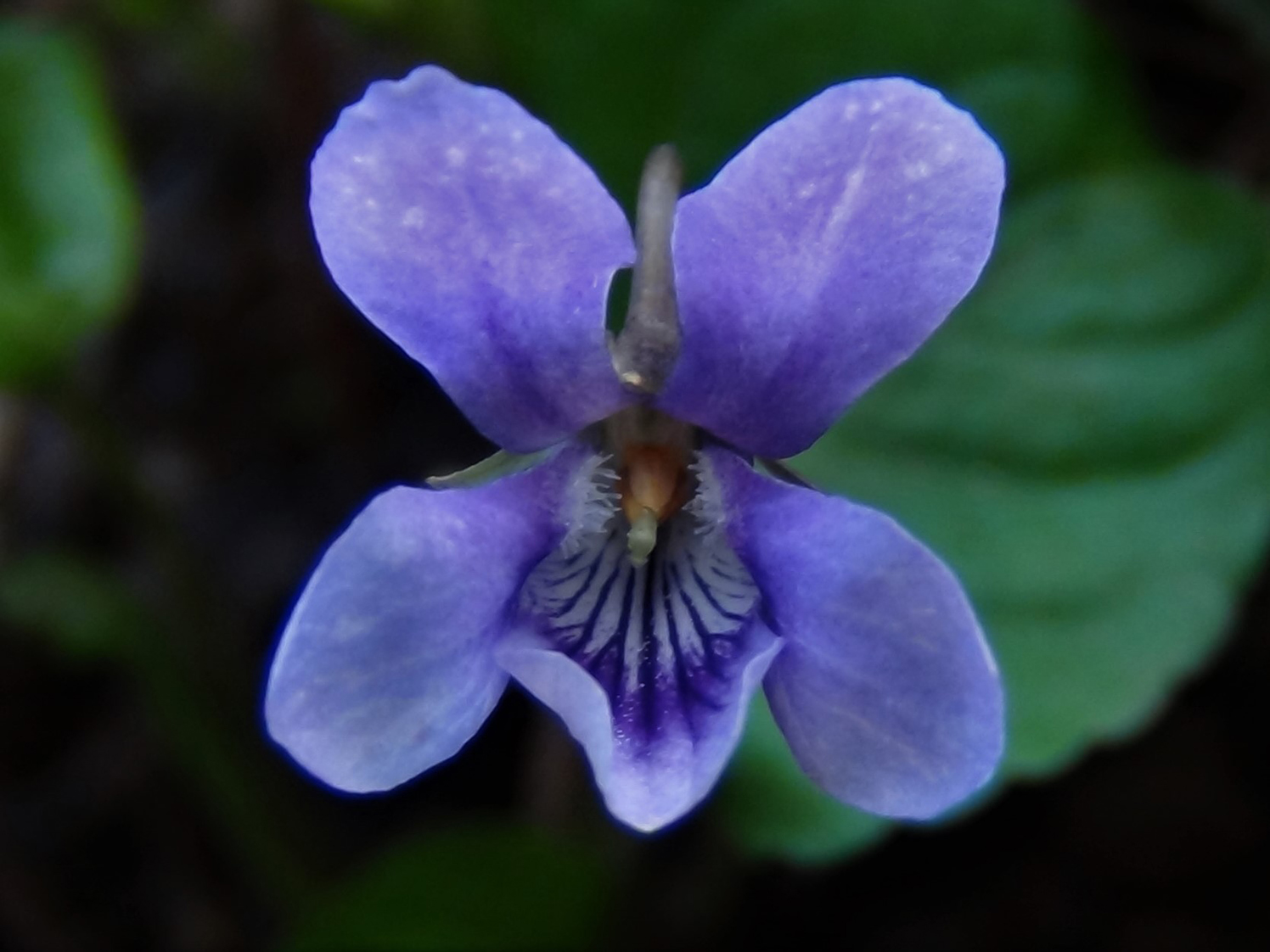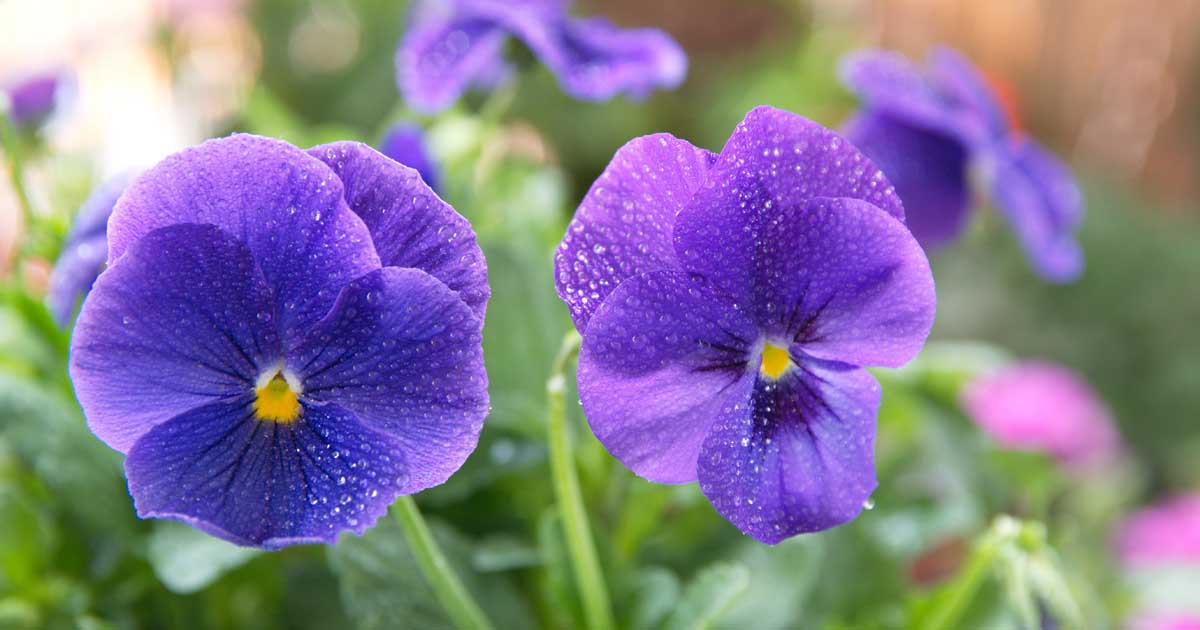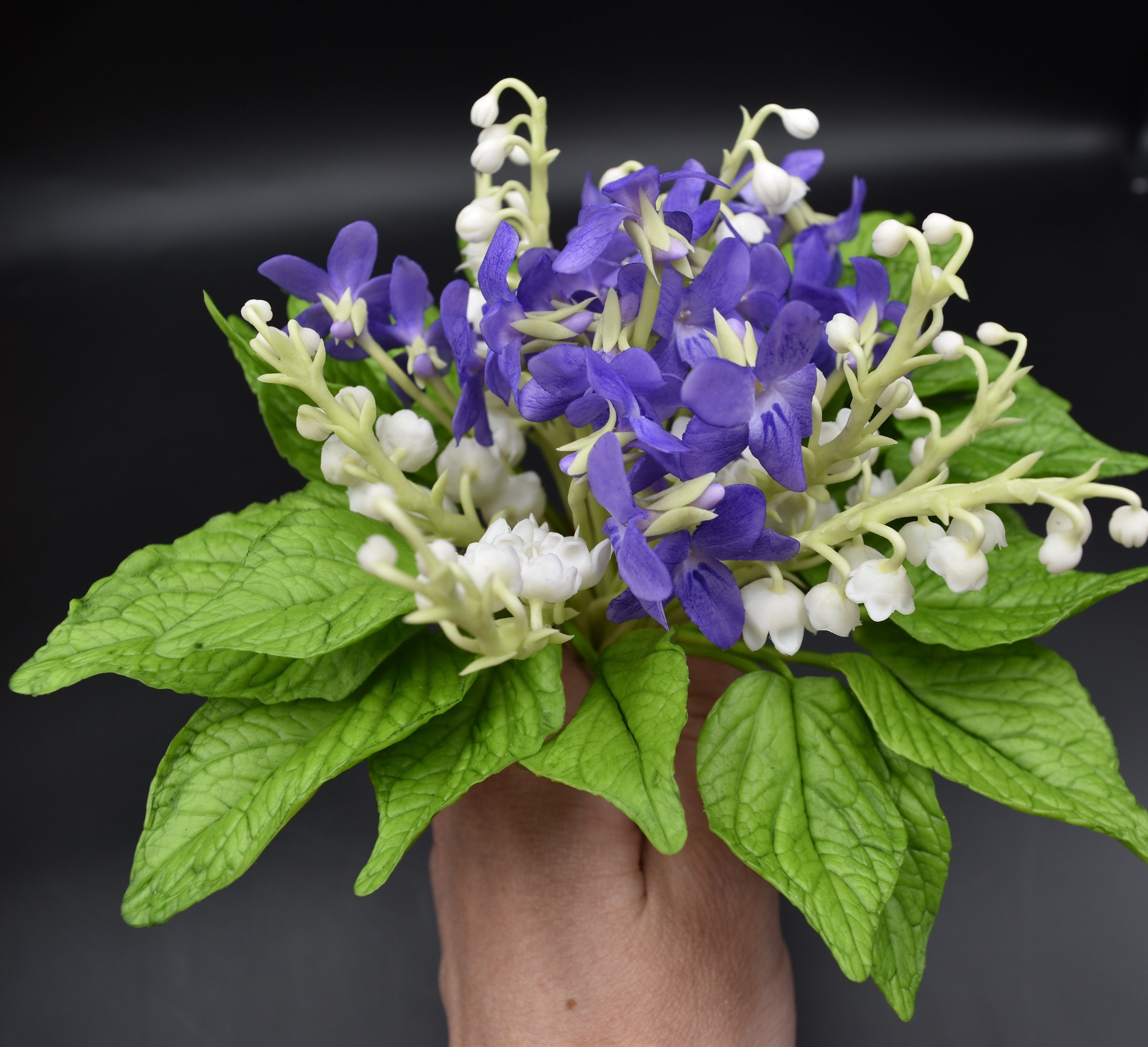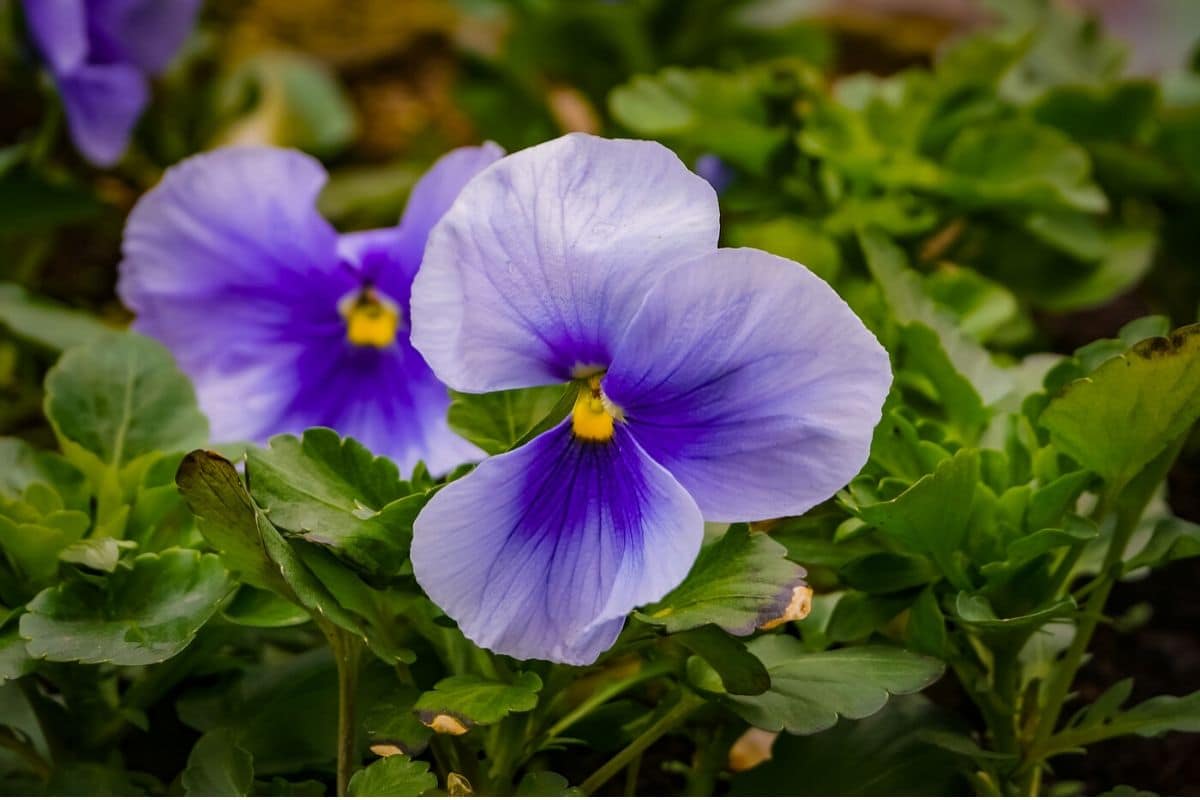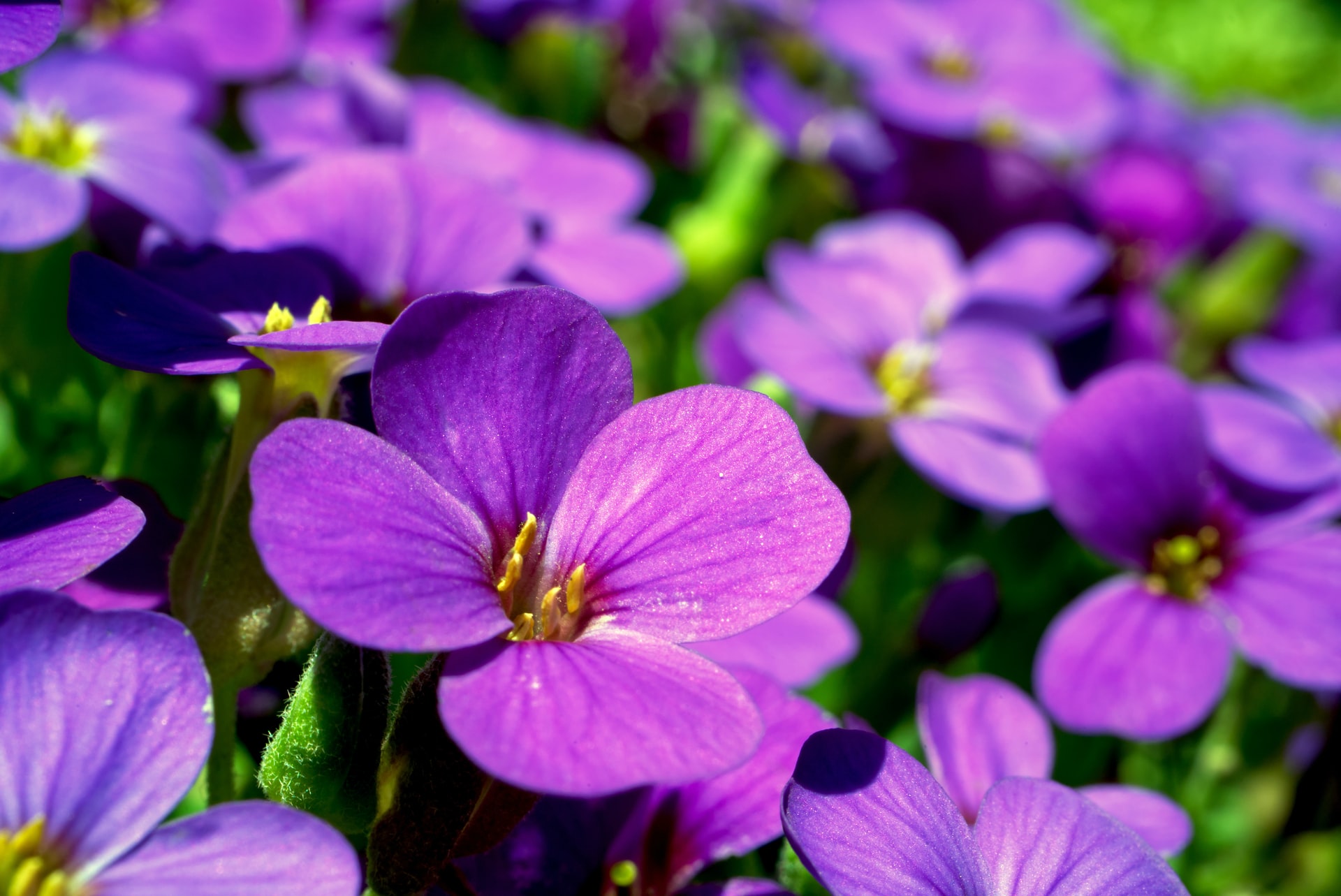Discovering the Delicate Charm of Violets
Violets have been a beloved addition to gardens and floral arrangements for centuries, and it’s easy to see why. With their delicate, intricate petals and subtle, sweet fragrance, these charming flowers have captivated the hearts of many. But what does a violet look like, exactly? The answer lies in their unique characteristics, which set them apart from other flowers. From their heart-shaped leaves to their dainty, nodding blooms, violets are a true marvel of nature. Whether you’re a seasoned gardener or simply a flower enthusiast, violets are sure to delight and inspire. Their popularity can be attributed to their versatility, ease of care, and the sense of nostalgia they evoke. In this article, we’ll delve into the world of violets, exploring their physical appearance, symbolism, care, and uses, and uncover the secrets behind their enduring popularity.
What Makes a Violet a Violet?
A violet’s physical appearance is a true marvel of nature. These delicate flowers typically measure between 1-6 inches in height, with some species growing as tall as 12 inches. Their heart-shaped leaves are a distinguishing feature, with a soft, velvety texture and a vibrant green color. The leaves are often toothed or lobed, adding to their intricate beauty. But what does a violet look like in terms of its blooms? The answer lies in their unique shape and color. Violet flowers are typically small, delicate, and nodding, with five petals that are often irregularly shaped. They come in a range of colors, including purple, blue, yellow, white, and bi-colored, with some species featuring intricate markings or stripes. From the sweet, delicate fragrance of their blooms to the soft, gentle texture of their leaves, violets are a true delight for the senses.
How to Identify Different Types of Violets
With over 400 species of violets, it’s no wonder that identifying them can be a challenge. However, by understanding their distinct features, growth habits, and habitats, you can become an expert in no time. One of the most common types of violets is the African violet, known for its delicate, velvety leaves and vibrant purple blooms. The pansy violet, on the other hand, is a popular choice for gardens, with its bright, colorful flowers and heart-shaped leaves. The sweet violet, with its sweet, fragrant blooms, is another popular variety. When trying to identify a violet, look for its leaf structure, flower color, and growth habit. For example, the dog violet has narrow, pointed leaves and produces white or yellow flowers, while the marsh violet has rounded leaves and produces purple flowers. By paying attention to these details, you can distinguish between similar-looking species and appreciate the unique beauty of each type of violet. Remember, understanding what does a violet look like is key to identifying the different species.
The Symbolism and Meaning Behind Violets
Violets have been imbued with rich symbolism and meaning across various cultures and historical periods. In ancient Greece, violets were associated with Aphrodite, the goddess of love, and were seen as a symbol of modesty and humility. In the Victorian era, violets became a popular symbol of love and fidelity, with the purple variety representing the first emotions of love. In art and literature, violets have been used to convey themes of love, nostalgia, and melancholy. For example, in Shakespeare’s “Hamlet,” Ophelia’s madness is symbolized by her scattering of violets. In modern times, violets have become a popular symbol of spring and new beginnings, representing hope and renewal. Understanding the symbolism behind violets can add a deeper layer of appreciation for these delicate flowers, and inspire creative ways to incorporate them into art, literature, and everyday life. Whether you’re looking to convey a message of love, hope, or nostalgia, violets are a powerful symbol that can help you express your emotions. So, the next time you ask yourself what does a violet look like, remember the rich history and symbolism behind this beautiful flower.
Violet Care 101: Tips for Growing and Maintaining
With proper care, violets can thrive and provide beauty and charm to any garden or indoor space. To grow violets, choose a location with partial shade to full sun, depending on the species. Violets prefer well-draining soil that is rich in organic matter, with a pH between 6.0 and 7.0. Water violets regularly, but avoid overwatering, which can lead to root rot. Fertilize violets lightly, as they don’t require a lot of nutrients. Prune violets regularly to encourage bushy growth and prevent them from becoming leggy. Remove dead or dying leaves and flowers to maintain the plant’s appearance and promote healthy growth. When it comes to potting violets, choose a container that is at least 6-8 inches deep, with good drainage holes. By following these simple care tips, you can enjoy the beauty of violets for months to come. Remember, understanding what does a violet look like is just the first step – with proper care, you can enjoy these delicate flowers for years to come.
Violets in Floral Arrangements: A Guide to Pairing and Design
Violets are a versatile and charming addition to any floral arrangement, and their delicate beauty can elevate a variety of designs. When pairing violets with other flowers, consider their subtle, whimsical charm and choose blooms that complement their gentle appearance. For a romantic, vintage-inspired look, combine violets with roses, peonies, and baby’s breath. For a more modern, abstract design, pair violets with succulents, eucalyptus, and ferns. Remember, when working with violets, less is often more – their delicate petals and stems can be easily overwhelmed by larger, showier blooms. To create a stunning centerpiece, group violets together in a small vase or container, and surround them with lush greenery like ferns or lemon leaves. This will create a beautiful, whimsical display that showcases the unique beauty of violets. Whether you’re a seasoned florist or a DIY enthusiast, understanding what does a violet look like is key to unlocking their full potential in floral arrangements. By embracing their delicate charm and versatility, you can create stunning, one-of-a-kind designs that showcase the beauty of violets.
The Medicinal and Culinary Uses of Violets
Beyond their beauty and symbolism, violets have been used for centuries for their medicinal and culinary properties. The flowers, leaves, and roots of the violet plant are edible and can be used in a variety of ways. Violet flowers can be used to make teas, jellies, and salads, and are said to have a calming effect on the nervous system. The leaves can be used in soups and stews, and are rich in vitamins A and C. Violet roots have been used to treat a range of ailments, including headaches, insomnia, and anxiety. In addition to their medicinal properties, violets are also used in skincare products, where their anti-inflammatory properties can help to soothe and calm the skin. When it comes to cooking with violets, understanding what does a violet look like is essential – the delicate flowers and leaves require gentle handling to preserve their flavor and texture. Try using violets in a salad with mixed greens, goat cheese, and a light vinaigrette, or as a garnish for desserts and cocktails. With their unique flavor and versatility, violets are a valuable addition to any kitchen or apothecary.
Conclusion: Appreciating the Beauty and Significance of Violets
In conclusion, violets are a true marvel of nature, offering a unique combination of delicate beauty, rich symbolism, and practical uses. From their intricate physical appearance to their medicinal and culinary properties, violets are a flower that deserves to be appreciated and preserved. By understanding what does a violet look like, how to care for them, and how to incorporate them into floral arrangements and recipes, readers can unlock the full potential of these charming flowers. Whether you’re a seasoned gardener, a budding florist, or simply a nature enthusiast, violets are sure to captivate and inspire. So take a moment to appreciate the beauty and significance of violets, and discover the many ways they can enrich your life.



